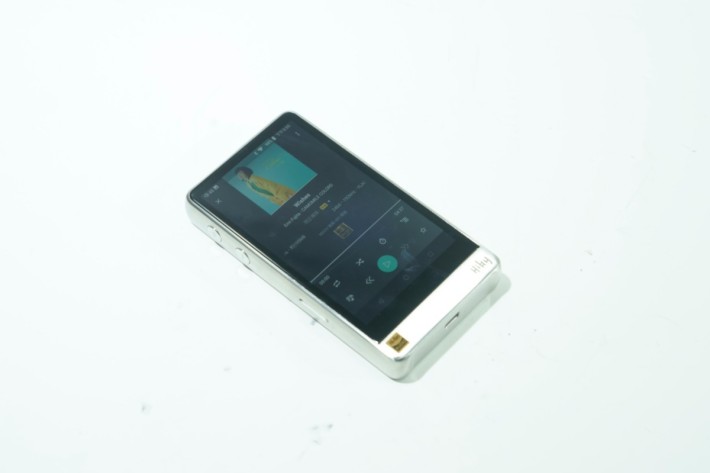

You will know if kernel streaming is working because the wave volume control in the mixer will no longer operate.

The other handy feature about Re-Clock is that it tells you exactly at what frequency and sampling rate audio is sent to the sound card.

What many people don’t know is that there is a way to bypass the kmixer and use Media Player by using a program called Re-Clock that can configure all audio to use Kernel Streaming and hence send bit perfect audio to the soundcard. Therefore in order to achieve bit perfect audio, the kmixer must be bypassed which in XP usually means using ASIO drivers or kernel streaming which is supported by WinAmp and Foobar, but sadly not the native Windows Media Player which I personally prefer for its usability and integration to the operating system. Even with all inputs muted so that Kmixer works at the rate of the outputted music, it still performs DSP on the volume levels and is not bit perfect. Anyone with experience of handling digital audio files will tell you that it is not ideal to up-sample from 16 bit 44.1 khz (CD standard) to 16 bit 48khz. With regard to the PC, if you take Windows XP as an example any audio file “ripped” from an audio CD will never be bit perfect audio when it reaches the computer’s soundcard because the XP operating system has a component called the Kmixer which up-samples all audio to 16bit/48khz so all the inputs have a common sample rate unless all inputs bar the wave input are muted. One of the most least explained facts about digital audio and one that seems to escaped the various magazine reviews and manufacturers’ promotion material surrounding these new external DACs is question of bit perfect audio, that is that the digital output from the computer soundcard is the same as the digital output from the stored audio file.įirstly there are two things to understand about a standard PC audio set up, one is the way the PC’s operating system handles and mixes sound from applications and the second is how the soundcard handles and mixes sound. Therefore it makes more sense to feed the digital output of a PC to a dedicated external audiophile DAC to achieve the best sound quality which leads us on to the topic of this post. However the analogue output is usually of a poor standard due to widespread use of poor components such as cheap and nasty DACs, not to mention reliance on a PC’s power supply which is not designed for audio applications and is critical if any sort of true hi-fi reproduction is to be achieved. The same situation now exists with PC’s as the majority of soundcards all provide digital outputs as analogue output. Standalone DACs were all the rage in the mid nineties as they offered a reasonably priced upgrade to compact disk owners without having to replace the whole player providing it had a digital ouput socket which could then be fed to an external DAC.

For reference, my setup is Gentoo linux with gmusicbrowser 1.1.15.2, KDE Plasma 5, Pulseaudio 12.2 and ALSA 1.1.In the last year or so, there has been a flood of standalone digital to audio converters (DACs) that are aimed at personal computer owners who want to improve the reproduction of their music collection stored on computer hard disks. it divides well for other common rates (except 44.1, natch). Pulseaudio defaults to 48kHz internally and will up- or down-sample all other streams to that rate in order to mix them. Instead, I configured gmusicbrowser according to Rizlaw's guide and ALSA does a perfect job of passing audio to the DAC without any further configuration. As per the current ALSA documentation, I do not have any ASLA configuration files at all no ~/.asoundrc nor /etc/nf file whatsoever. Volume is then managed only via the slider in gmusicbrowser.įor those who're on this path, here's a few other tidbits I've picked up along the way that are of interest: Whilst I'm not playing music, all sound is mixed via Pulseaudio, then when I want bitperfect playback I disable my USB DAC in Pulseaudio Volume Control, and gmusicbrowser can hog it and set any sampling rate the DAC can support. This was the last piece in the puzzle for me, because I wanted to retain the convenience of Pulseaudio for most stuff (web browsing, system sounds, watching movies in VLC etc.) whilst retaining pure ALSA-only bitperfect playback in gmusicbrowser. Thanks so much for the guide assumed that setting Pulseaudio autospawn to no (last step in your guide) would disable it entirely, however (on my setup at least), it simply prevents it spawning on KDE Plasma startup and hogging all the soundcards it still wakes up whenever an app specifically wants to use it.


 0 kommentar(er)
0 kommentar(er)
